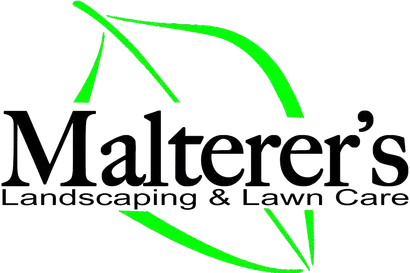Should You Rake and Bag Leaves or Let Them Be? A Guide to Fall Yard Care
Tim Malterer • September 9, 2024
Explore the Pros and Cons of Raking and Bagging Leaves vs. Leaving Them on Your Lawn
As fall sets in, leaves begin to carpet our lawns in vibrant hues of red, orange, and yellow. While the picturesque scene is undoubtedly beautiful, many homeowners find themselves asking a crucial question: Is it better to rake leaves and bag them, or should you let them be? At Malterers Landscaping, we know how important it is to make the right choice for both your yard and the environment. In this blog post, we’ll discuss the advantages and disadvantages of each approach to help you decide the best strategy for your fall yard care.
The Case for Raking and Bagging Leaves
1. Prevents Lawn Damage:
Raking and bagging leaves can help prevent potential damage to your lawn. When leaves pile up and form a thick layer, they can block sunlight, air, and moisture from reaching your grass. This can lead to brown patches, mold growth, and even death of the grass in some areas.
2. Reduces Pest Problems:
Leaf piles create a perfect habitat for pests like rodents, insects, and fungi. Removing leaves can minimize the risk of pests making their home in your yard, which could otherwise cause damage to both your lawn and any nearby plants or shrubs.
3. Promotes a Tidy Appearance:
Raking and bagging leaves maintains a clean and orderly appearance for your property. If you are looking to boost your home’s curb appeal, particularly if you plan to sell soon, a neat, leaf-free lawn is generally more attractive to potential buyers.
4. Prevents Slippery Surfaces:
Leaves that accumulate on walkways and driveways can become wet and slippery, creating a potential hazard. Raking and removing these leaves can help reduce the risk of slips and falls.
The Case for Letting Leaves Be
1. Provides Natural Mulch:
Allowing leaves to decompose on your lawn can act as a natural mulch, adding valuable organic matter to your soil. This can improve soil structure, promote healthy microbial activity, and provide essential nutrients to your grass and garden plants.
2. Supports Local Wildlife:
Leaves left on the ground provide essential habitat and food for various wildlife, including insects, birds, and small mammals. This can promote biodiversity in your yard, benefiting your local ecosystem.
3. Saves Time and Effort:
Raking and bagging leaves can be time-consuming and physically demanding. By letting the leaves remain on your lawn, you save both time and effort that could be better spent enjoying the season.
4. Reduces Waste and Environmental Impact:
Bagging leaves and sending them to a landfill contributes to waste and can increase methane emissions if they decompose in a landfill. Allowing leaves to remain on your lawn or composting them is a more environmentally friendly approach that reduces waste.
Finding a Balance: Mulching Your Leaves
If you’re torn between raking and leaving the leaves on your lawn, consider a compromise: mulch them! Mulching involves using a lawn mower to shred the leaves into smaller pieces, which can then decompose more quickly and provide nutrients to your lawn without the drawbacks of a thick, matted layer.
Benefits of Mulching Leaves:
Improves Soil Health: Shredded leaves break down more rapidly, enriching the soil with organic matter and nutrients that support healthy grass growth.
Reduces Thatch Build-Up: Mulched leaves can help break down excess thatch on your lawn, a layer of dead grass and roots that can impede water and nutrient absorption.
Environmentally Friendly: Mulching reduces the amount of yard waste sent to landfills, contributing to a more sustainable approach to lawn care.
So, is it better to rake leaves and bag them or let them be? The answer depends on your priorities. If maintaining a tidy lawn and preventing potential hazards or pest problems is your goal, raking and bagging may be the best choice. However, if you’re interested in supporting local wildlife, enriching your soil, and reducing waste, letting the leaves decompose naturally or mulching them could be a more beneficial approach.
At Malterers Landscaping, we believe that every yard is unique, and so are the needs of each homeowner. If you need help deciding the best leaf management strategy for your property, contact us today for expert advice and a customized fall lawn care plan!
